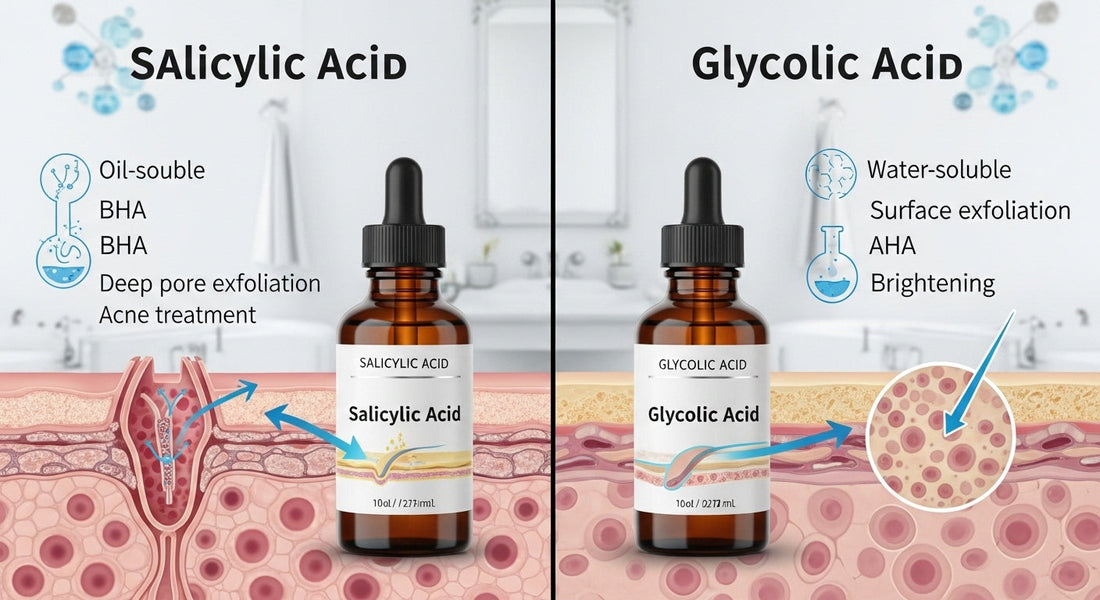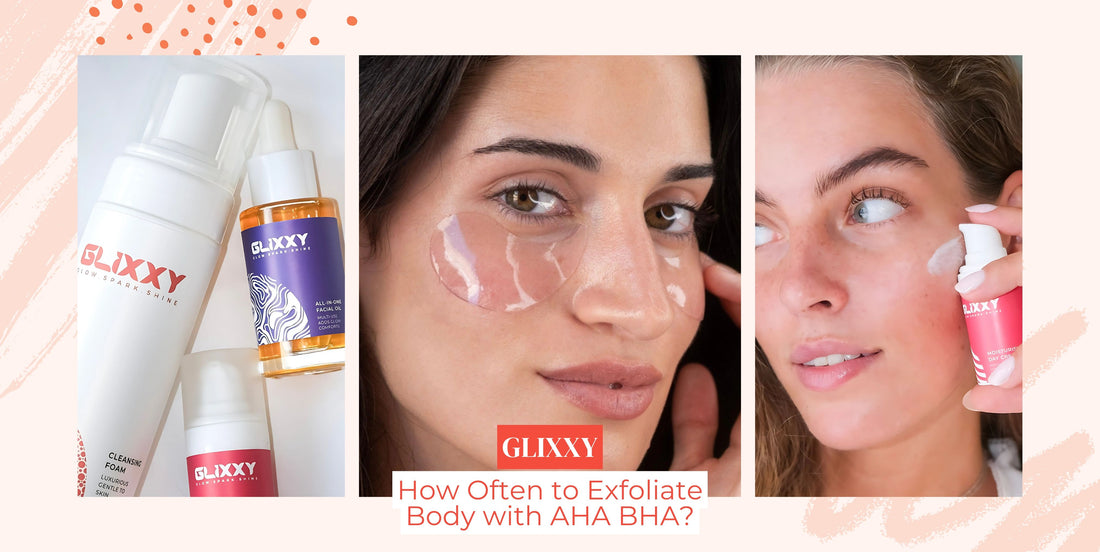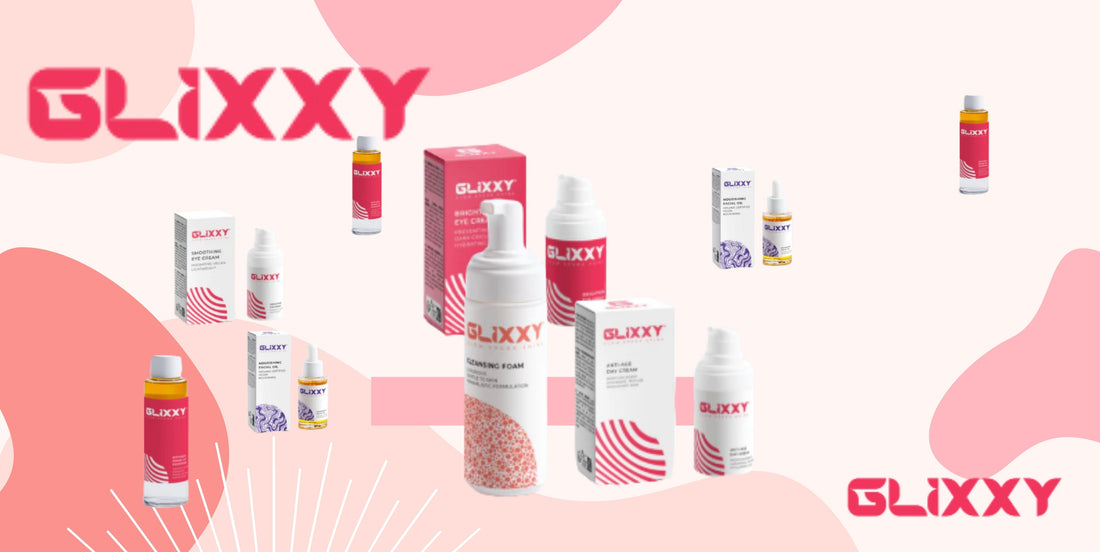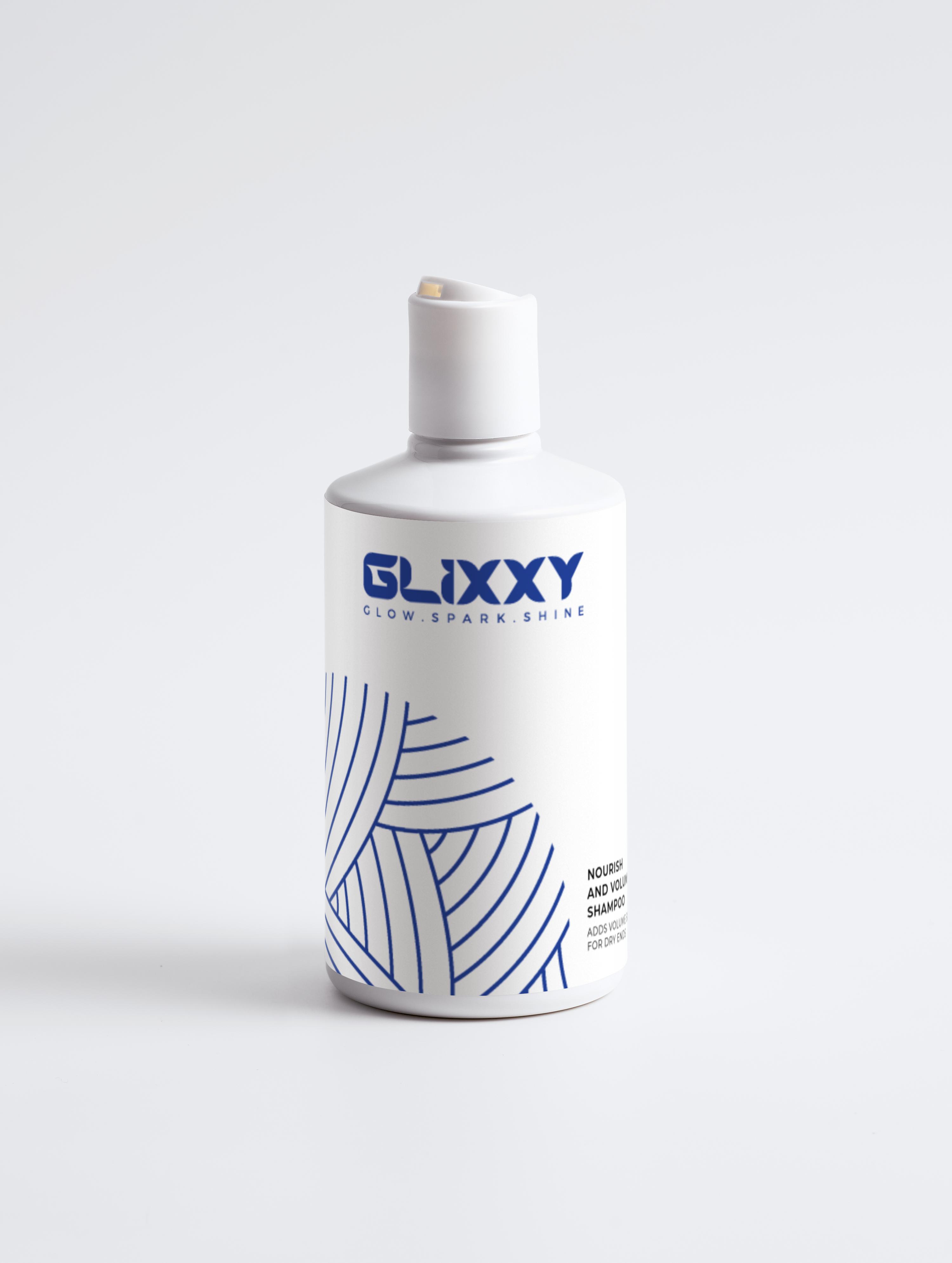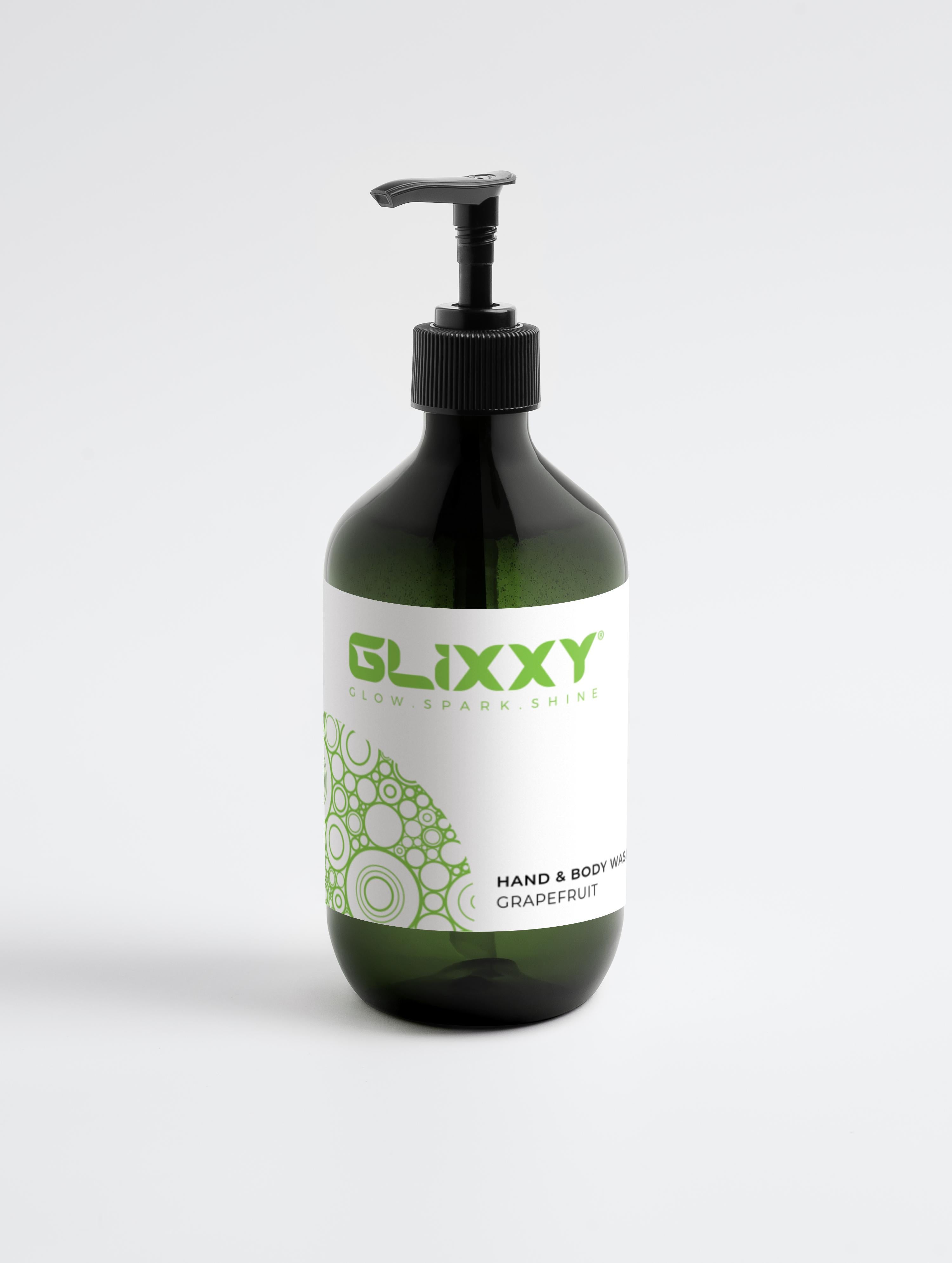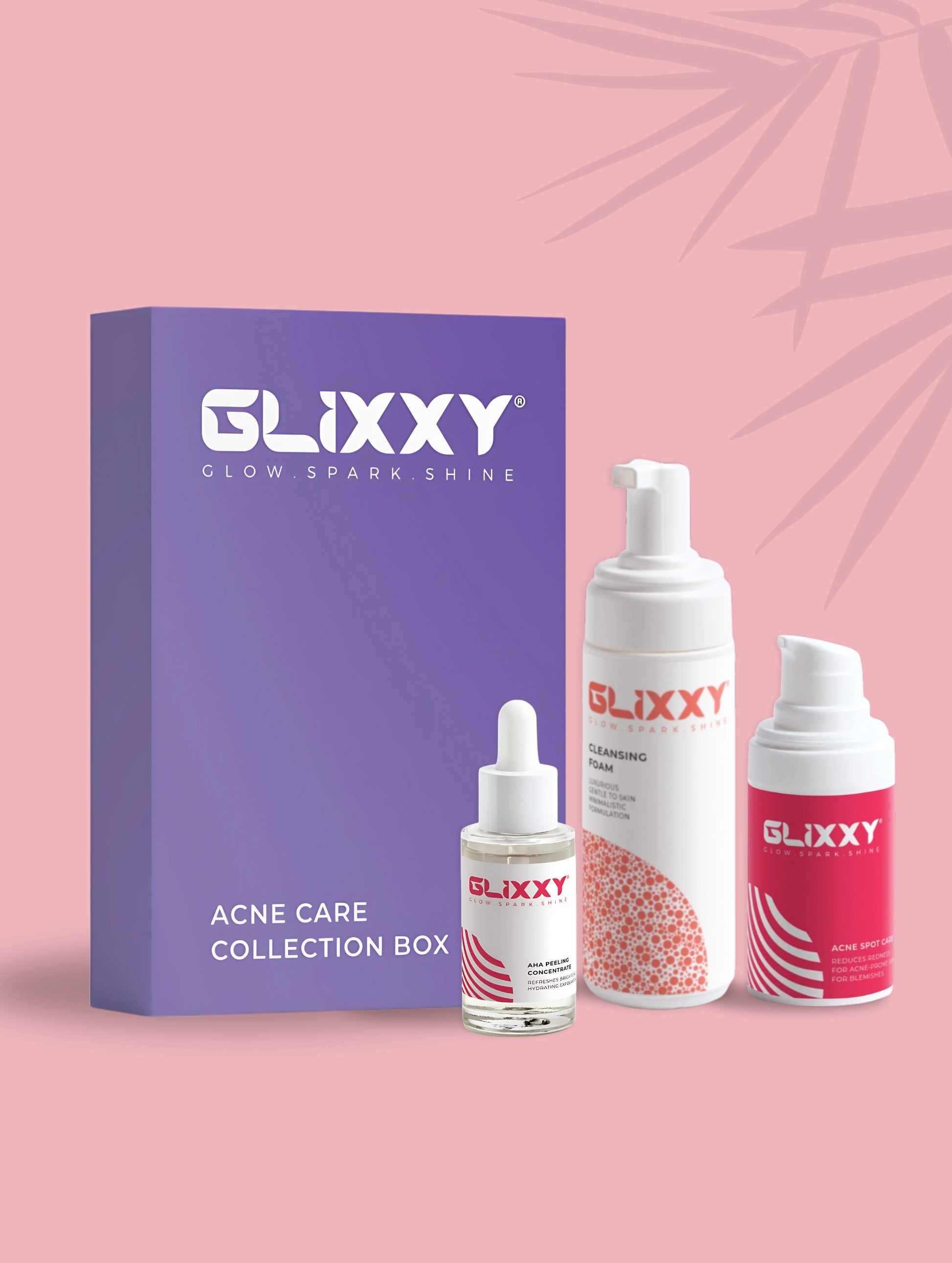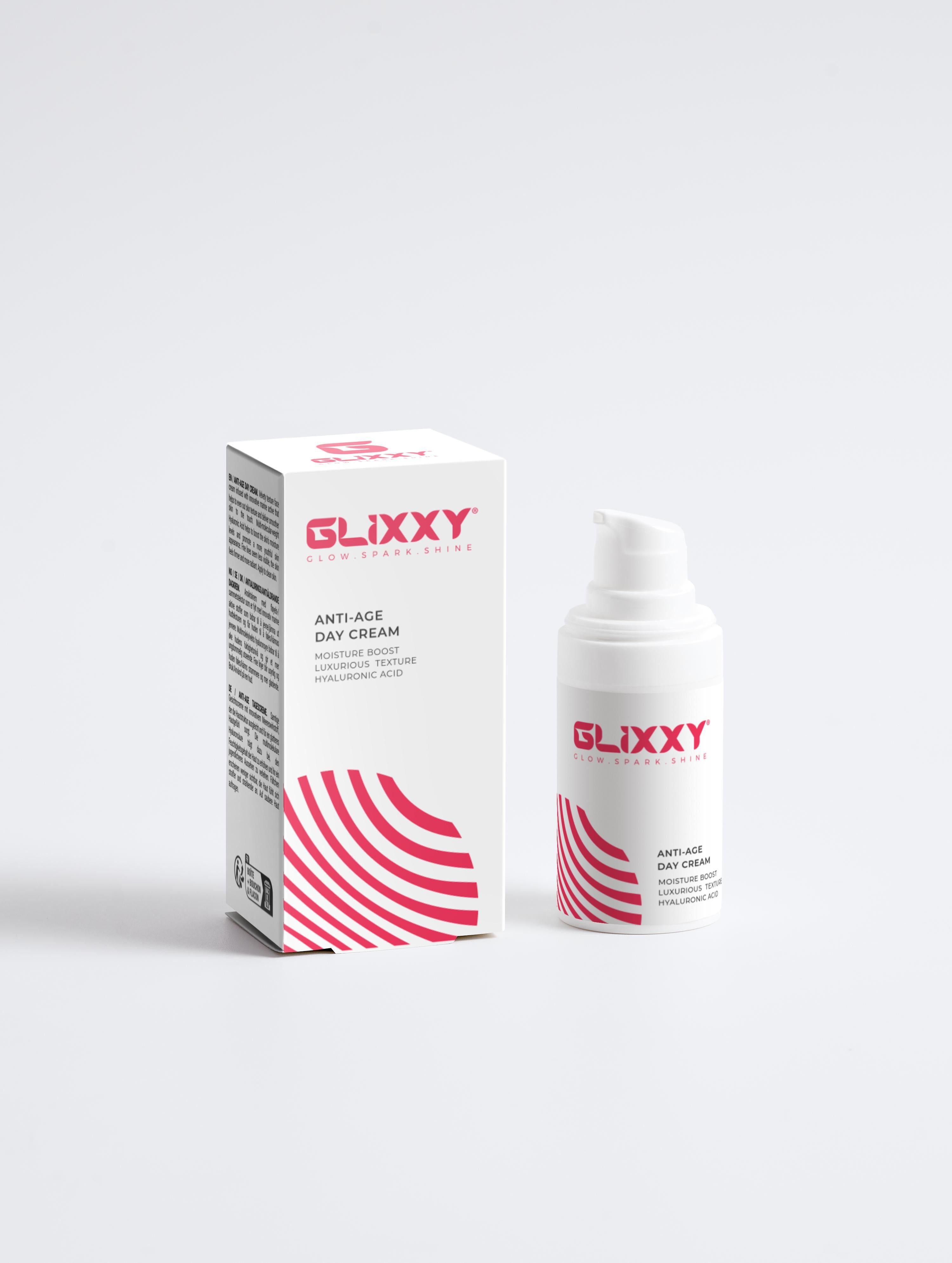Skincare has always been a famous trend on Instagram, and I am pretty sure you have heard about niacinamide while doom-scrolling.
It sounds like a mouthful (pronounced as nyuh-SIH-nuh-mide), but if you look past the name, you can actually do yourself a huge favour.
How? Simply by adding it to your routine.
Niacinamide works around the clock to help your skin stay calm, clear, and glowing. Want to know more about achieving the ultimate glow with niacinamide? Keep reading.
In this post, we are going to break it down in a simple way, so you know exactly why everyone is drooling to get their hands on it.
What Is Niacinamide?
Niacinamide, also known as vitamin B3 or nicotinamide, is a total game-changer in the skincare world and in overall health, too.
So what is it? It’s actually a water-soluble vitamin, meaning your body doesn’t store it, so you have to get it regularly through your diet. And, in this case, through skincare products.
You will find niacinamide naturally in foods like meat, fish, eggs, and even some fortified grains. So yeah, chances are you are already getting a decent dose without even realizing it. But when it comes to your skin, applying niacinamide topically can do wonders. We’ll see in a moment why.
The Science Behind Niacinamide - How it Works:
Alright, let’s geek out for a second because the science behind niacinamide is actually pretty dope. This is not just another ‘trendy’ skincare ingredient. Niacinamide puts in real work on a cellular level to keep your skin thriving.
At its core, niacinamide helps fuel your cells. It plays an important role in creating NAD+ (nicotinamide adenine dinucleotide). It is a molecule your cells need to function properly.
NAD+ is involved in:
- Cellular energy product
- DNA Repair
- Fighting oxidative stress
In simple terms, it helps your cells stay energized and resilient.
How Niacinamide Acts as a Multitasker for Your Skin Health?

Niacinamide is basically the multitool of skincare. Whether you have dryness, acne, texture issues, or dullness, it has got you covered.
Here is how it caters to different skin needs:
Hydration & Barrier Support:
One of niacinamide’s core strengths is helping your skin hold on to moisture. It improves the skin’s barrier function, which is actually the outermost layer that keeps water in and irritants out. Here’s what this means for your skin:
- Better moisture retention
- Less sensitivity and fewer flare-ups
- Stronger defence against environmental stressors
Bottom line: Your skin stays hydrated and healthy.
Oil Regulation and Pore Minimization:
If your skin type is oily and you struggle with large pores, niacinamide’s got you. It helps regulate sebum (oil) production so your skin doesn’t go into overdrive.
At around 4% concentration, research shows that it can reduce the appearance of pores by lowering oil buildup. And less oil means fewer clogged pores and a smoother skin texture.
Acne & Inflammation Control:
Niacinamide isn’t just good for prevention; it actively helps reduce breakouts, too. It has anti-inflammatory properties that calm down redness and swelling.
At a 4% concentration, it has been shown to have similar results to clindamycin, which is a topical antibiotic commonly used for acne, minus the risk of antibiotic resistance.
So…it fights acne and keeps your skin barrier happy at the same time? I’d say that’s a win-win situation.
Other Long-term Skin wins:
Niacinamide is not only about quick fixes; it delivers long-term skin benefits that improve how your skin looks and functions over time:
- It helps reduce dark spots and uneven tone by blocking melanin transfer.
- It supports collagen and keratin production, which smoothes out the under-eye lines and wrinkles.
Even after all these benefits, if niacinamide is still not a part of your routine, then are you even doing skincare the right way?
How to Use Niacinamide in Your Skincare Routine?

Suppose you want to get the most out of niacinamide; timing and layering matter. Applying it in the right order on your skin helps with better absorption, maximum efficacy, and zero wasted product.
Here is a simple breakdown of how to slot niacinamide into your skincare routine:
Cleansing:
Firstly, start with a gentle, non-stripping cleanser. It helps to wash away the dirt, oil, and buildup. A clean base helps your skin absorb active ingredients more effectively.
Go for something mild that doesn’t mess with your skin barrier, especially in this case, because you’ll be using niacinamide for barrier support.
Toning:
Most people consider this step an option, but if you like using a toner, go for an alcohol-free formula to balance your skin’s pH. Do not go near those harsh exfoliating toners when applying niacinamide.
And if you really wanna use them, then opt for alternate days to avoid irritation. Believe me, it’s for your own good.
Applying Niacinamide:
This step involves applying niacinamide, which can be used as a serum and a moisturizer.
If you’re using it as a serum, apply 2 or 3 drops to your slightly damp face and neck. Pat it in gently; no need to rub it or overdo it.
If you are using it as a moisturizer, follow the same steps, but make sure it comes after water-based treatments like hyaluronic acid.
Not sure if you want it as a serum or moisturizer? Well… if you’re into simpler routines, then go for a moisturizer.
Sunscreen (AM Only):
Sunscreen is non-negotiable, especially if you are applying niacinamide in the morning. While niacinamide boosts your skin’s ability to deal with UV stress, it doesn’t mean it’s enough to replace SPF.
Apply a broad-spectrum sunscreen as your final step, and your future skin will thank you.
Final Words:
Niacinamide is a must-have for anyone who wants simple, effective skincare. It does a little bit of everything, helping your skin stay clear, bright, and balanced without irritation.
At Glixxy, we focus on clean, cruelty-free, and vegan-friendly formulas that are safe and effective.
Glowing skin should come from healthy and responsible skincare. So, if you want to keep your skin calm and glowing, niacinamide is worth trying.



